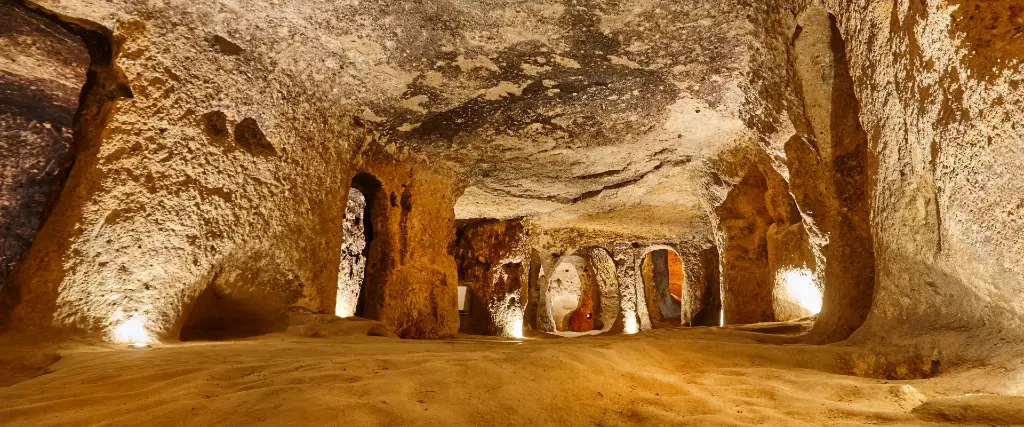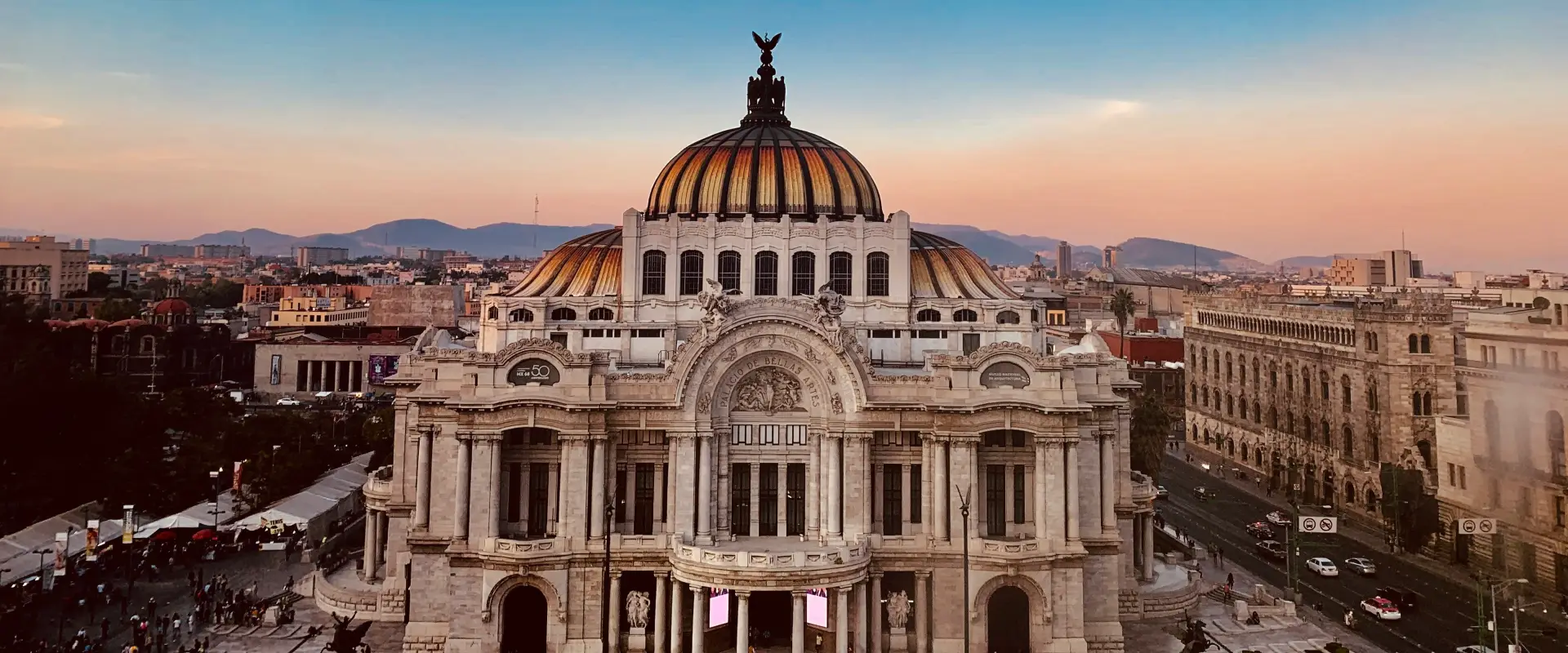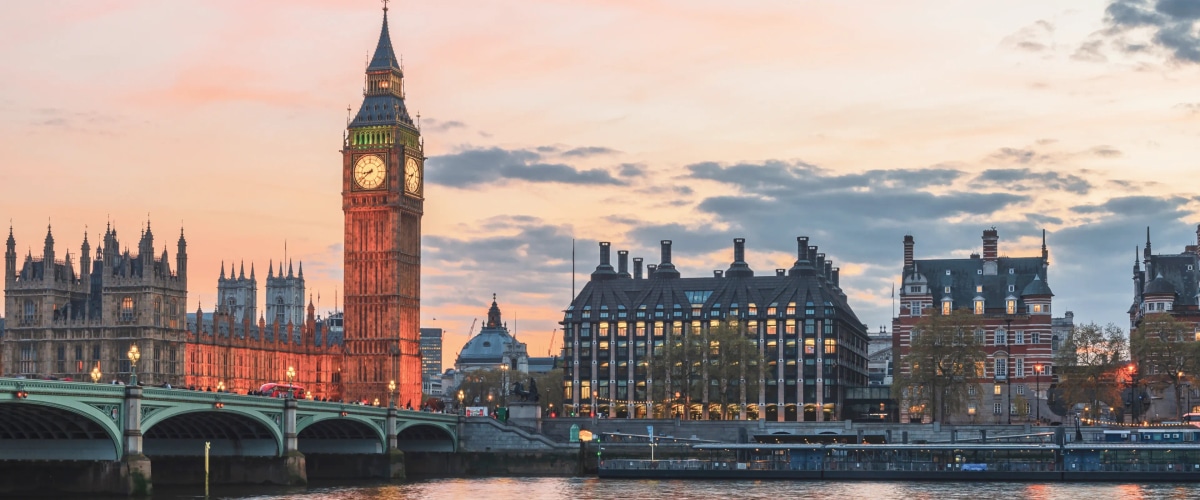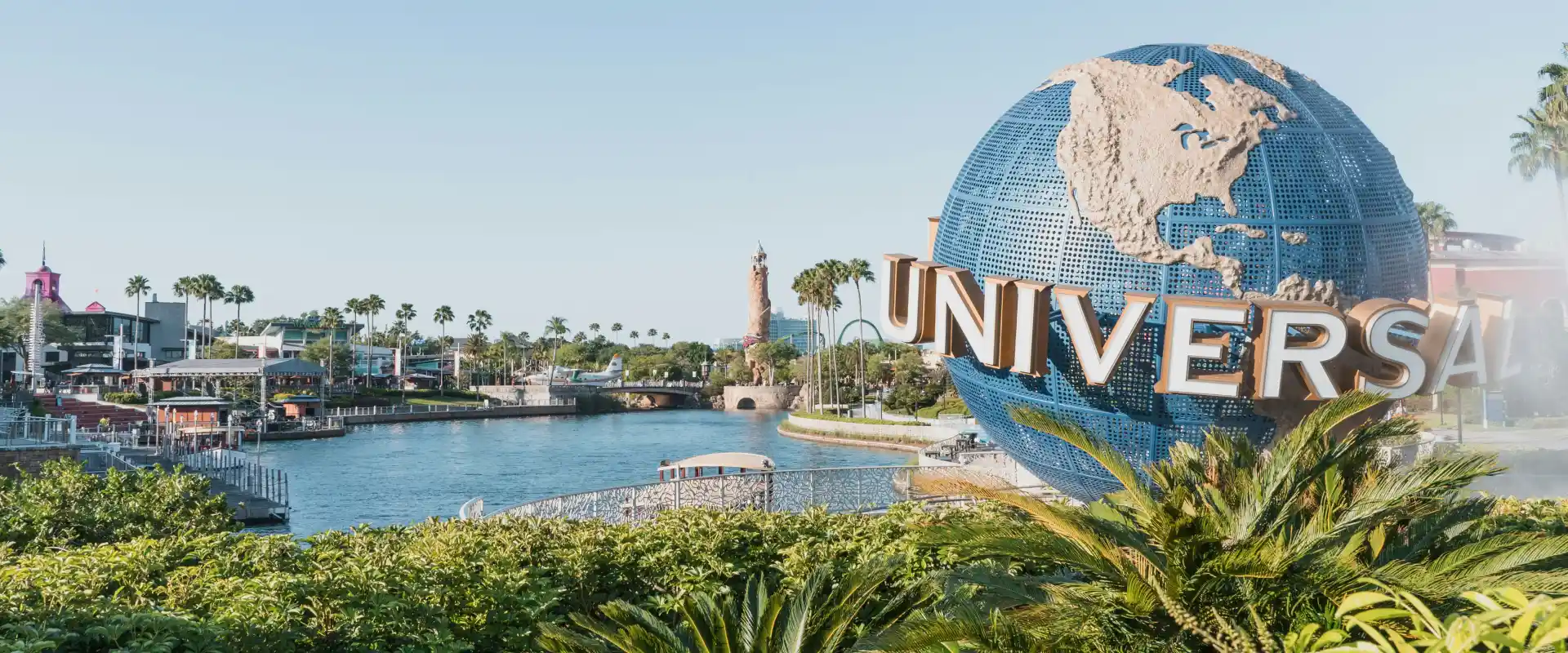
This Underground City is the Largest in the World
The discovery of a hidden world is always an adventure. Alice fell down a rabbit hole to Wonderland. The Pevensie children stumbled through their wardrobe to Narnia. And in the 1960s, in the heart of Türkiye, it was chickens that led to the revelation of a previously forgotten underground city.
As the story goes, a local noticed that his chickens would hop through a hole in his wall and never come back. One day, he decided to follow them. After some digging, he found a passageway that led to a vast network of tunnels and cave-like rooms. It is now known as the world's largest underground city.
Since this extraordinary discovery, the city of Derinkuyu—and Göreme National Park and the Rock Sites of Cappadocia above it—has become a UNESCO World Heritage site, a 278-foot-deep marvel that attracts ethnologists, geologists, archaeologists, and tourists. But why does this city exist?
Let’s start above ground. Derinkuyu is in Cappadocia, whose landscape is like an alien planet. The region, located in Türkiye’s Central Anatolia, is famous for its hot air balloons that hover at sunrise above fairy chimneys, towering pillars of rock in an arid, desert-like landscape pockmarked by pinkish valleys. This otherworldly place is only possible thanks to the unique volcanic geology—soft enough to form chimneys and canyons and for ancient civilizations to carve out multi-layered, labyrinthine networks of subterranean tunnels.

When I visited the region, I could only access a small part of this 18-level city, with much of it still being discovered, but it was enough for me to appreciate that Derinkuyu is extraordinarily unique.
Exactly when Derinkuyu was built and who built it is uncertain. One theory holds that it was the Phrygians, considered among the most talented Iron Age architects, who started to carve out the tunnels by hand using rudimentary tools. This dates the construction between 800 and 600 BCE. Derinkuyu continued to be expanded by subsequent residents, with the most significant changes made by Byzantine Christians. Now, the city covers an area of 170 square miles, roughly the same size as Barbados.
What sets Derinkuyu apart from other underground sites worldwide is its earned title of a habitable city. While some underground cities around the world, like Dixia Cheng in Beijing, were never used, or others, like Czechia’s Pilsen Historical Underground, were built for storage, at its peak, Derinkuyu housed 20,000 people for months at a time in a human-sized ant’s nest of interconnected rooms.

As I wound my way through the torch-blackened tunnels, a whole civilization unfolded around me. There were spaces for living quarters, food storage, and livestock. But Derinkuyu served more than basic needs. Its population continued their lives underground in schools, shops, taverns, and even a one-of-a-kind cruciform church.
What struck me most was the city’s strategic design and construction. Livestock was kept near the surface to reduce toxic gas and smells while providing a layer of insulation for the living quarters below. There’s also a complex ventilation system and a protected well providing fresh, clean water.
Derinkuyu served another purpose as a giant bunker. Across its estimated 3,000-year history, multiple civilizations used Derinkuyu as a shelter and a defense from enemy attacks right up until the Greco-Turkish war in the early 1900s. This war marked the end of the city’s long and near-constant use. When the region’s Christian population, the city’s last inhabitants, were exiled from Türkiye, Derinkuyu was abandoned.

A warning to the claustrophobic: When I first entered the city, I had to crouch, my first brush with the city’s purposeful engineering. These low ceilings and narrow walls stymied intruders, who’d also get lost in the dimly lit labyrinthine layout and dead-end corridors. Giant, half-ton mill stones were also rolled from the inside to block doorways. Even the spread of 50 ventilation shafts and the ability to cut off the water supply from below ground prevented fatal attacks on essential supplies. If these defense mechanisms failed, escape routes were hidden in bushes and houses above ground.
While this construction is impressive enough with modern technology, I had to keep reminding myself that Derinkuyu was first created—and expanded over the years—with rudimentary tools. What’s more, the city is so well built that the soft rock it was carved from has never collapsed.
Thanks to this stellar construction, I could explore Derinkuyu thousands of years later, following in the footsteps of generations of people who called it home. When I finally broke the surface into the bright sunshine and the hot, dry air, I felt two things: one, relief that I didn’t have to live down there for months on end in fear of enemy attack, and two, huge admiration for humanity.
Using geographical and geological knowledge, design and construction skills, and a natural ability to adapt to the most adverse conditions, these civilizations lived underground, where they not only survived but, most impressively, thrived.
Getting there
The nearest airport is Nevşehir Kapadokya Airport. However, most travelers arrive via Kayseri Erkilet Airport (ASR), where there are more frequent flights. Another option is to find a flight to Istanbul (IST) and then take a cheap flight from there. You can take a taxi or a bus to the caves if you’re staying in the towns of Göreme, Avanos, Ürgüp, or Uçhisar. However, it’s easy and affordable to join a guided tour that will take you to the city and other sights in the region.
Average Going flight price to Istanbul: $551 RT
How to do it
- Best time to go: The caves are accessible year-round. The best time to visit Cappadocia is spring (March-May) and autumn (September-November) when the weather and the crowds are milder, and conditions are still good for the famous hot-air balloon rides.
- Cost: The ticket price to Derinkuyu is 300 Turkish lira (about $11 USD) per person.
- Safety considerations: Cappadocia is one of the safest areas of Türkiye, with a low risk of tourist-targeted attacks and earthquakes. However, the area is vast and remote, prone to desert-like weather patterns, so exercise caution if you go hiking. Cappadocia attracts many tourists, so solo female travelers are generally safe, especially if joining guided tours and staying in reputable hotels, but it is advisable to respect Türkiye’s culture and dress modestly.
- Tips: Derinkuyu is included in the Museum Pass Cappadocia. For 1500 TL, you can visit over ten museums and archaeological sites over three days. The majority of guided tours also take visitors to Derinkuyu as well as other regional highlights, including other underground cities, such as Kaymaklı. Prices vary, and you can book in advance. However, many hotels will recommend an affiliated tour when you arrive, or alternatively, you can walk through the center of tourist hubs and organize your own tour directly with a company. A note on accessibility: There are no elevators in Derinkuyu, and the staircase down is very narrow and near-vertical. If mobility or small spaces are an issue, then exploring Derinkuyu is not recommended.
More amazing experiences around the world
Last updated January 9, 2024
Articles you might like
View All
Our Favorite Things to Do in Mexico City: Hidden Gems and Must-See Spots in the Heart of the Capital
Dec 17, 2025
9 min read

Things To Do In London: Classic & Hidden Spots For a Complete Trip
Dec 16, 2025
13 min read

Things To Do in Orlando: The Ultimate Guide
Dec 9, 2025
10 min read






